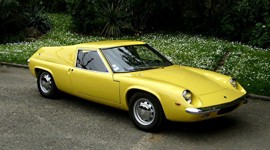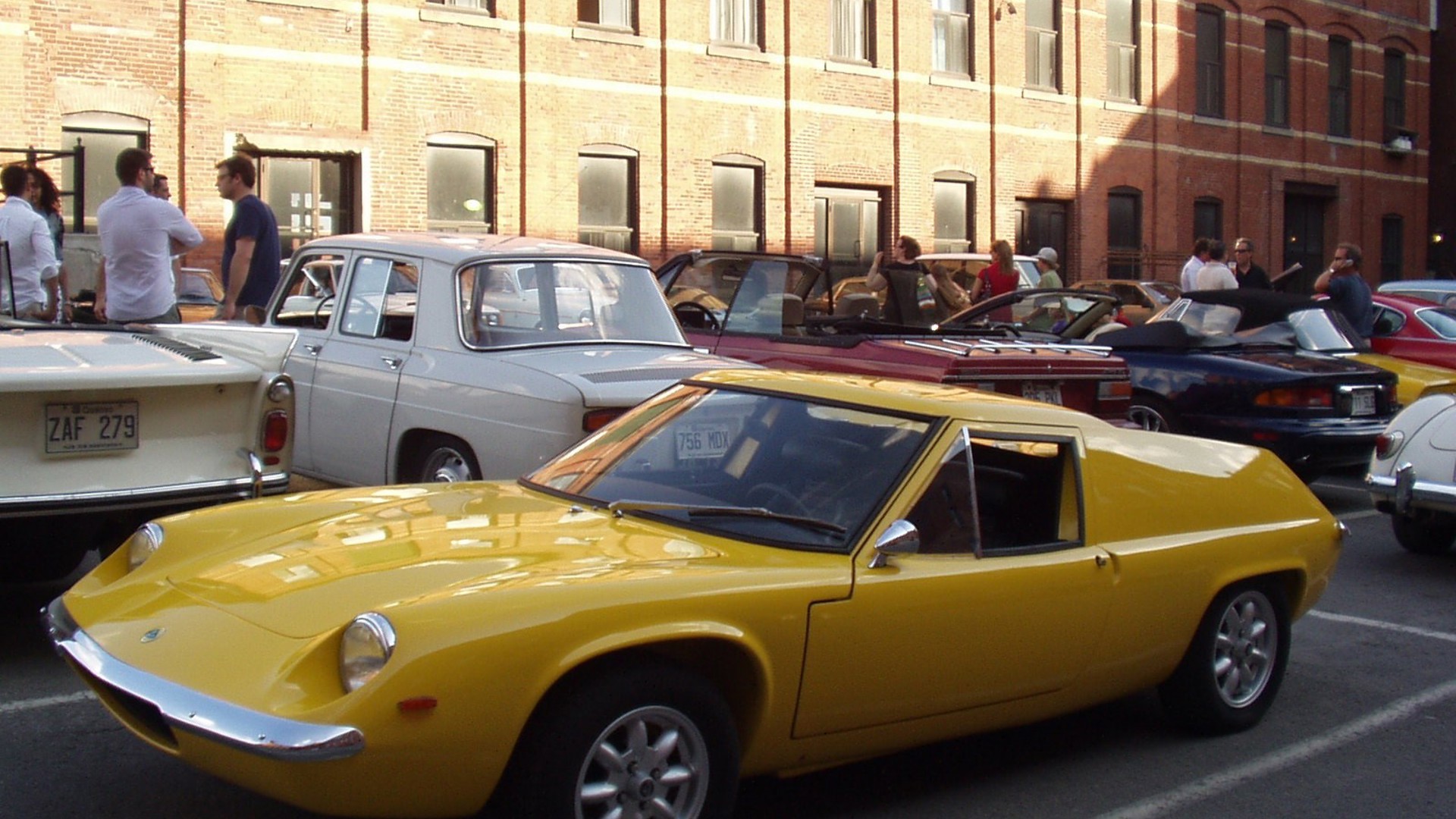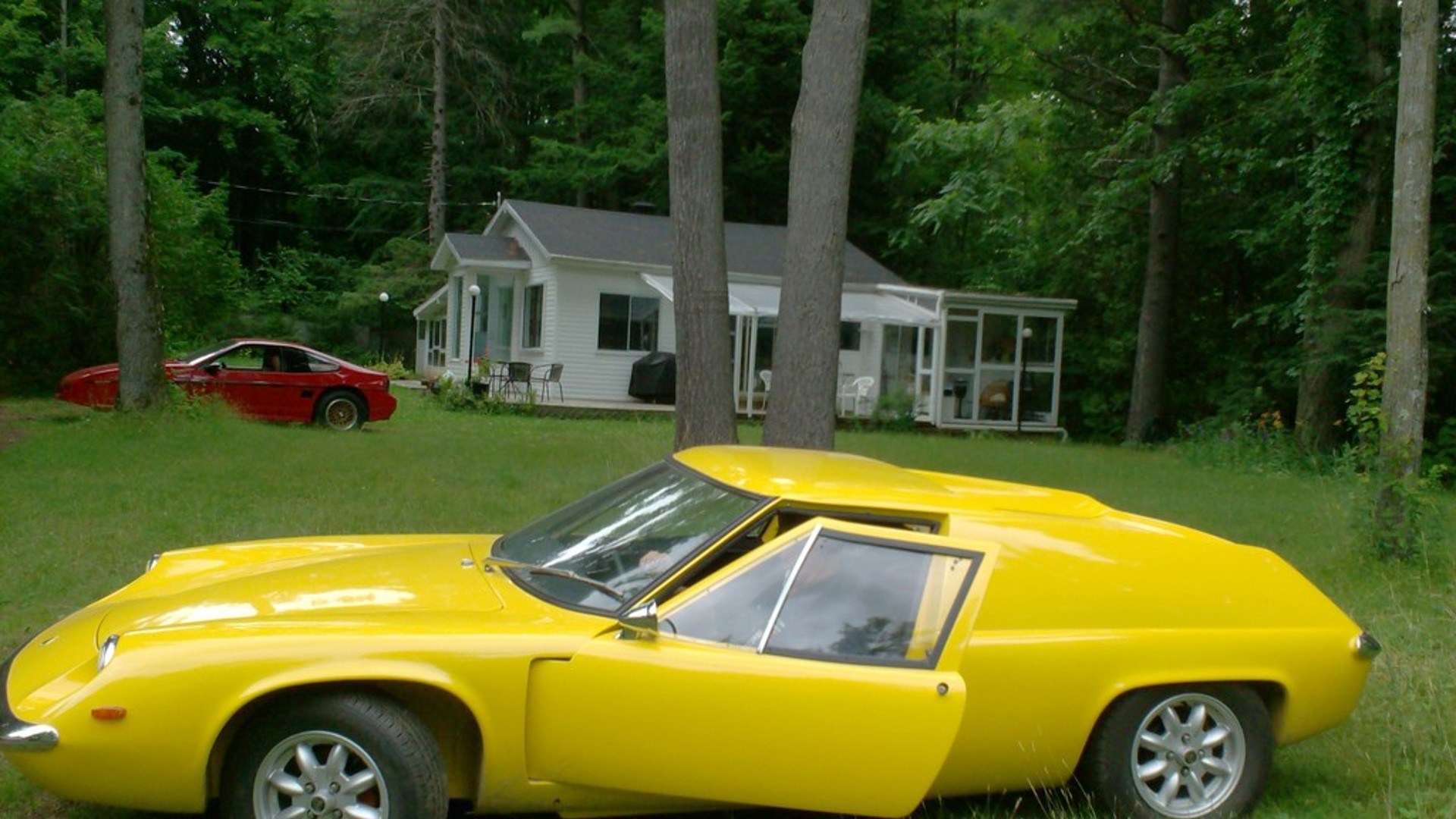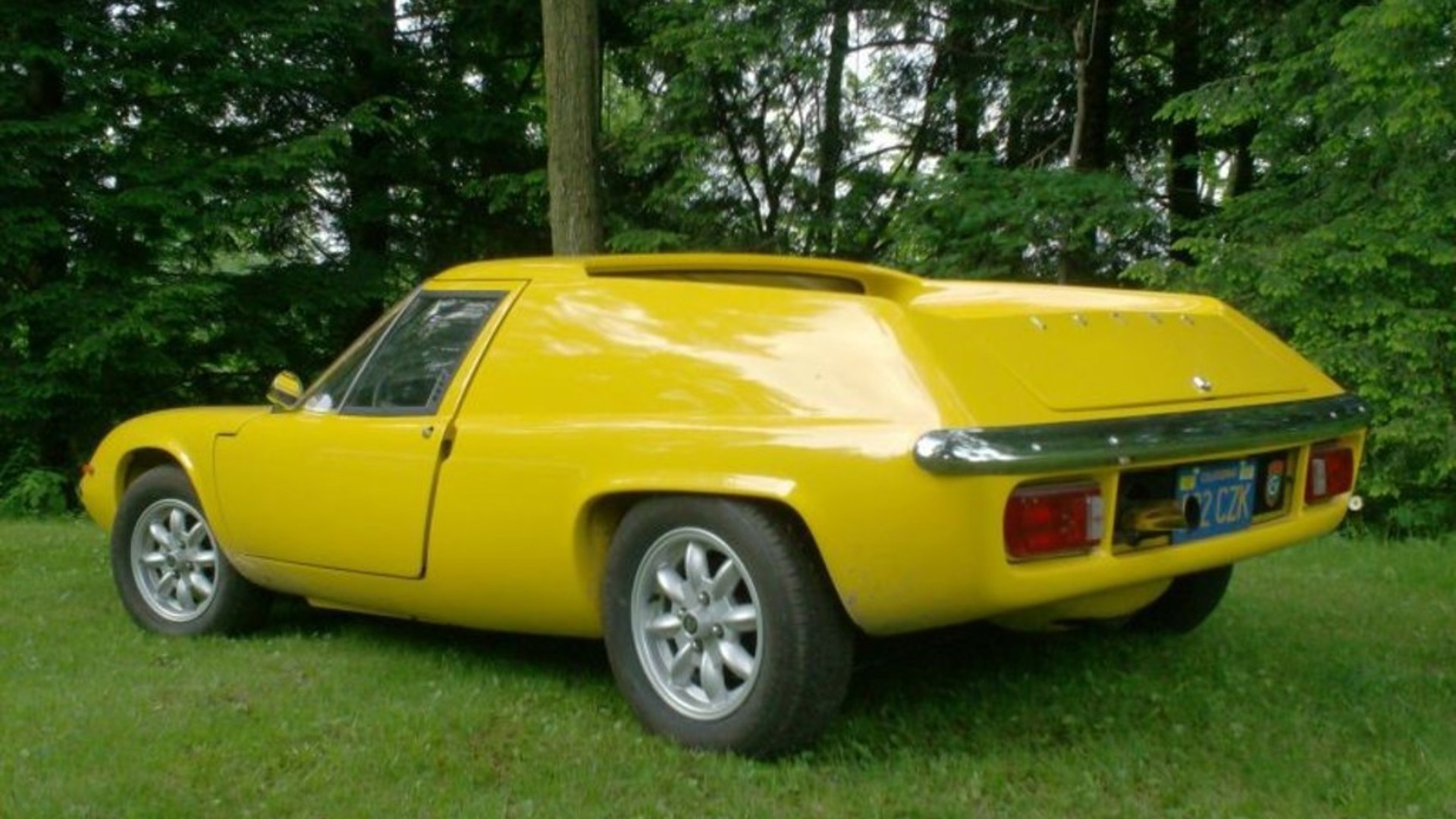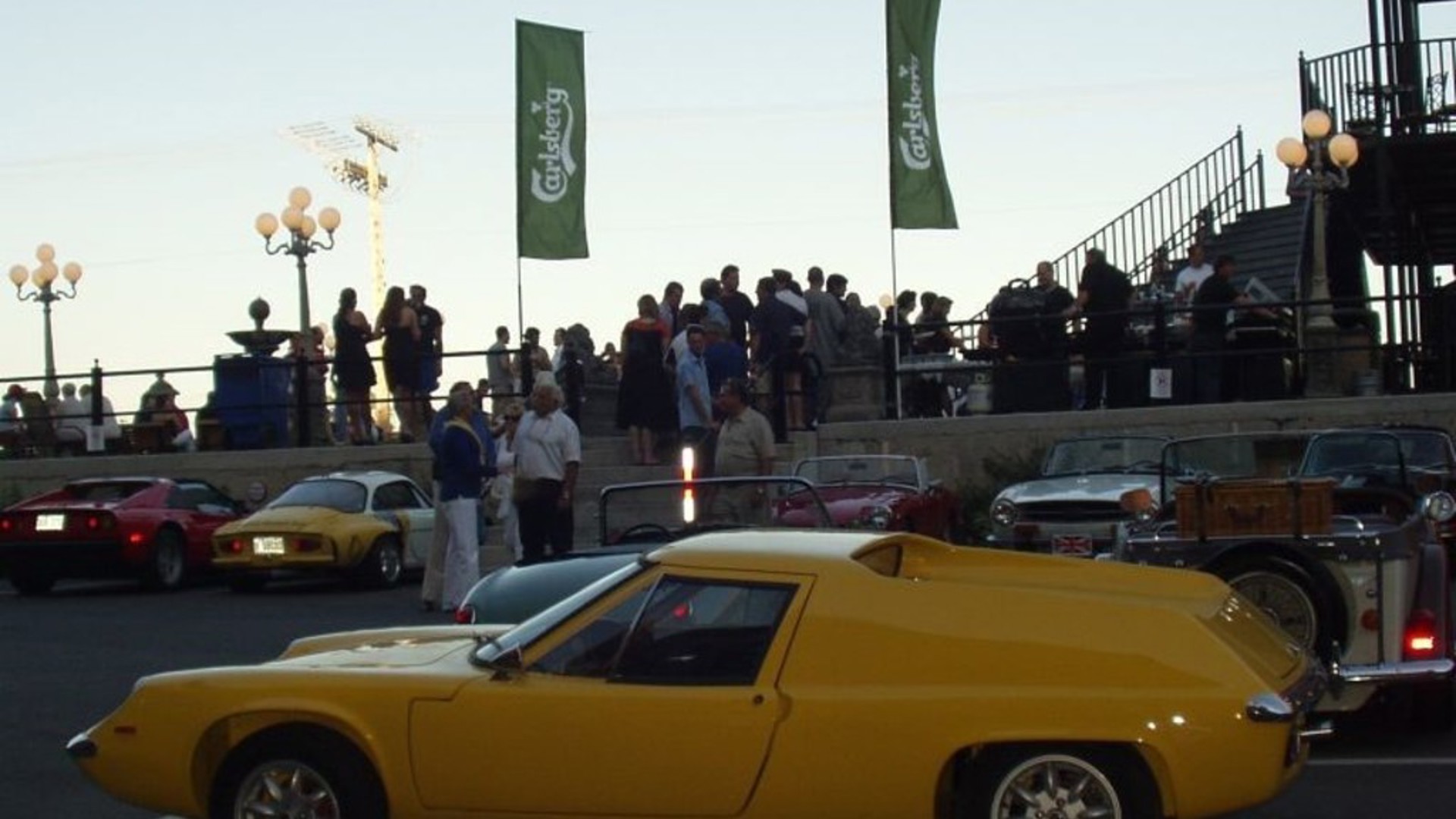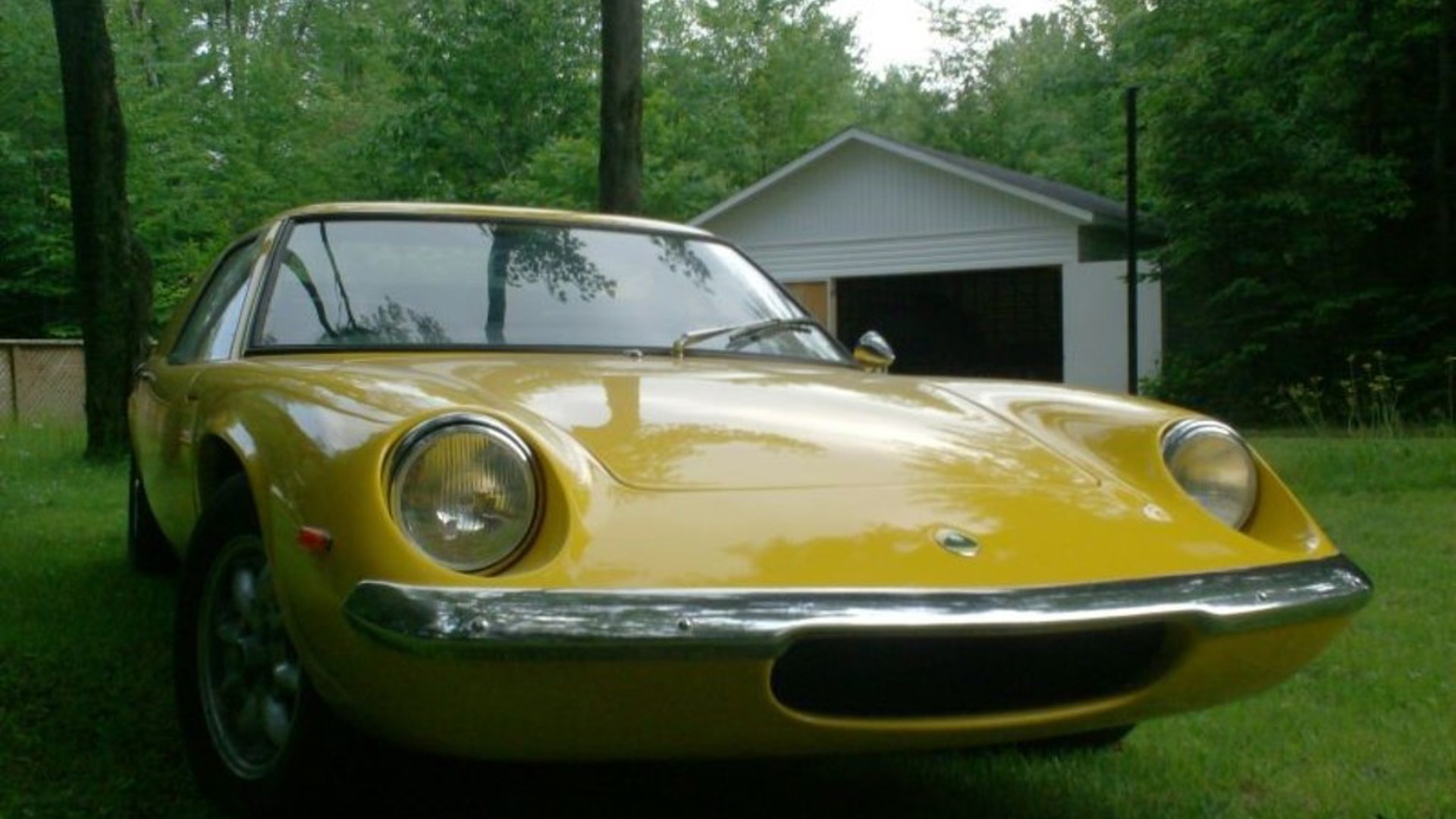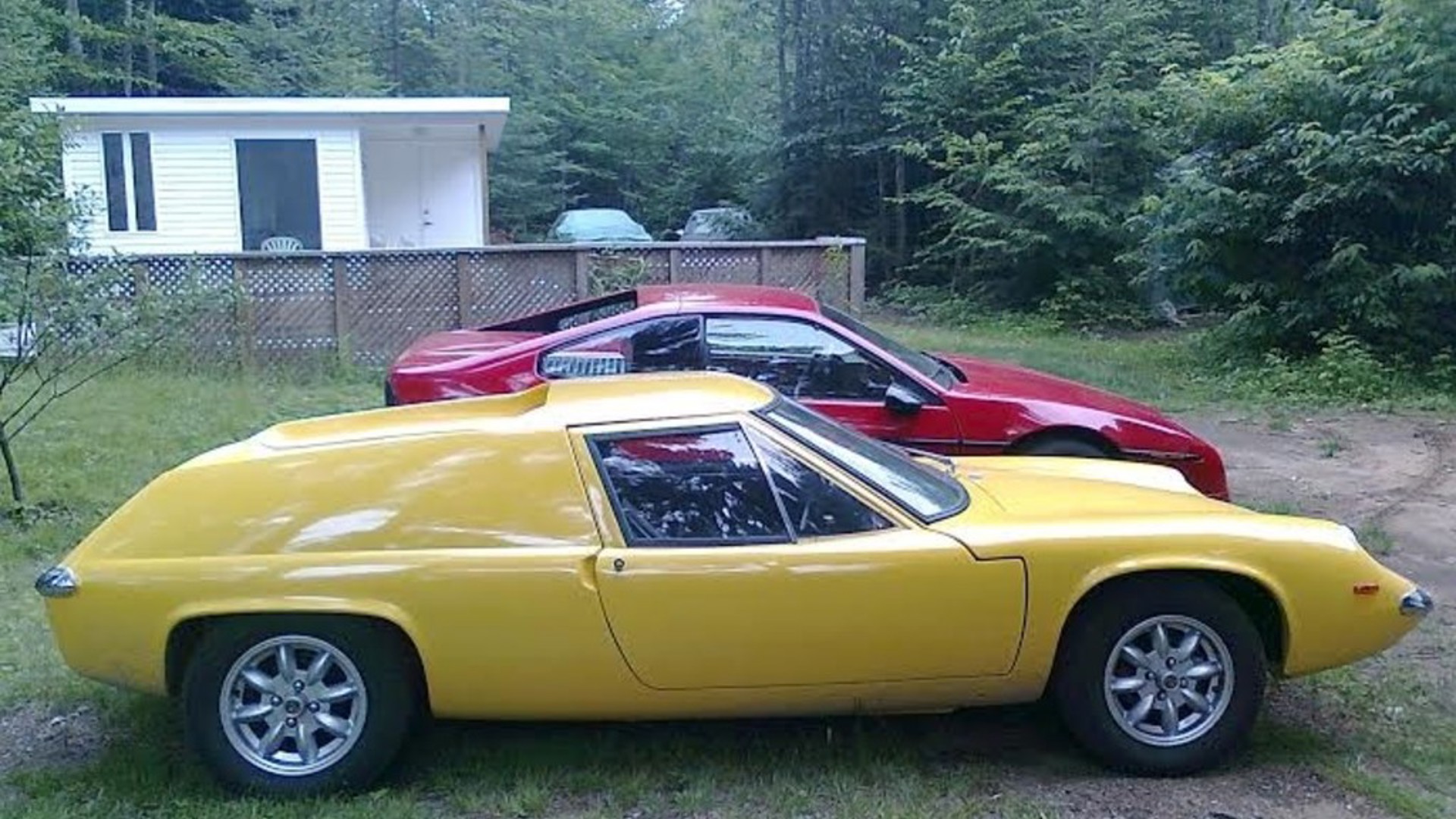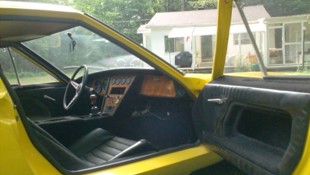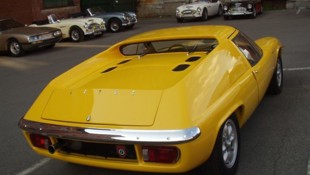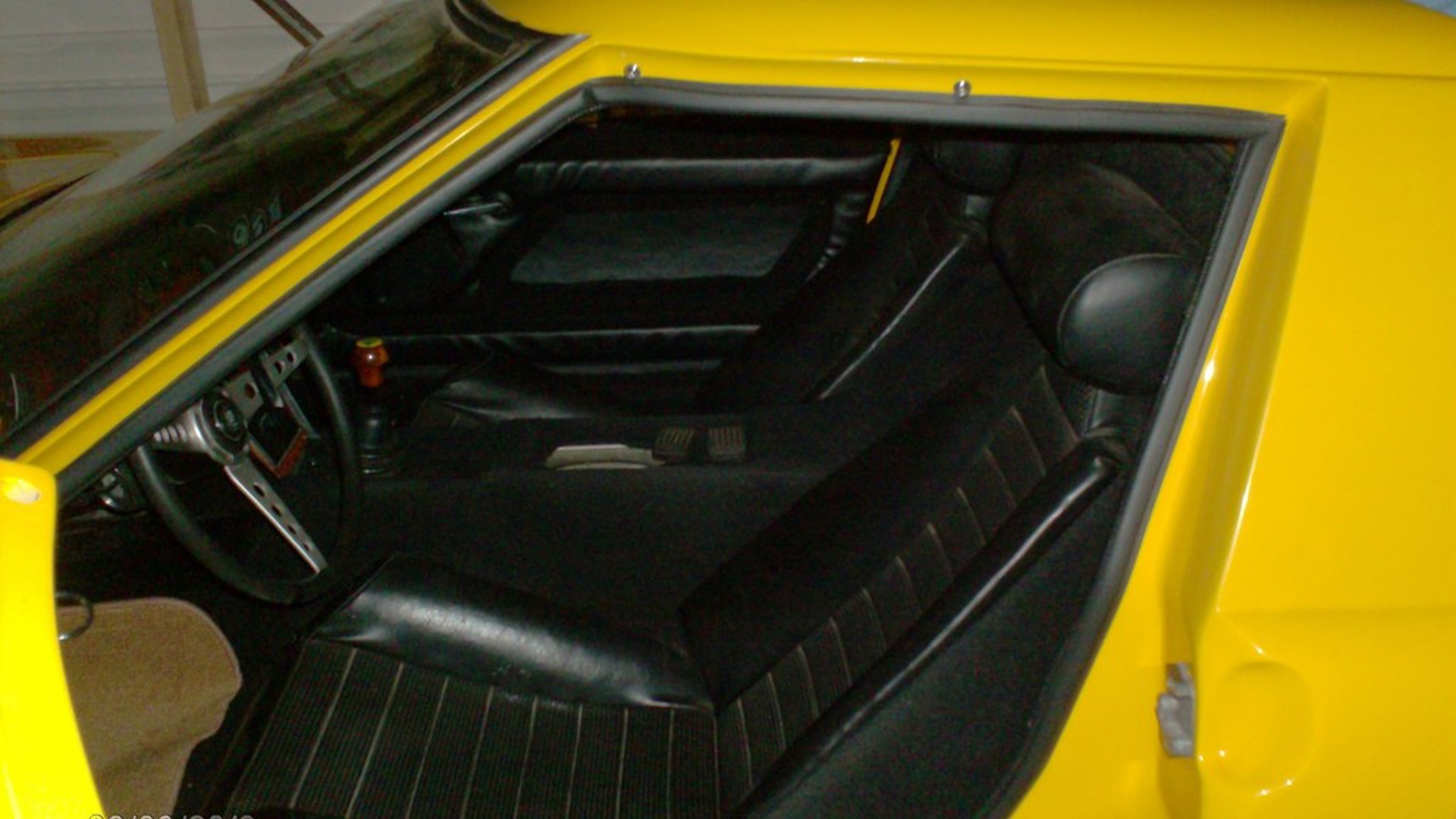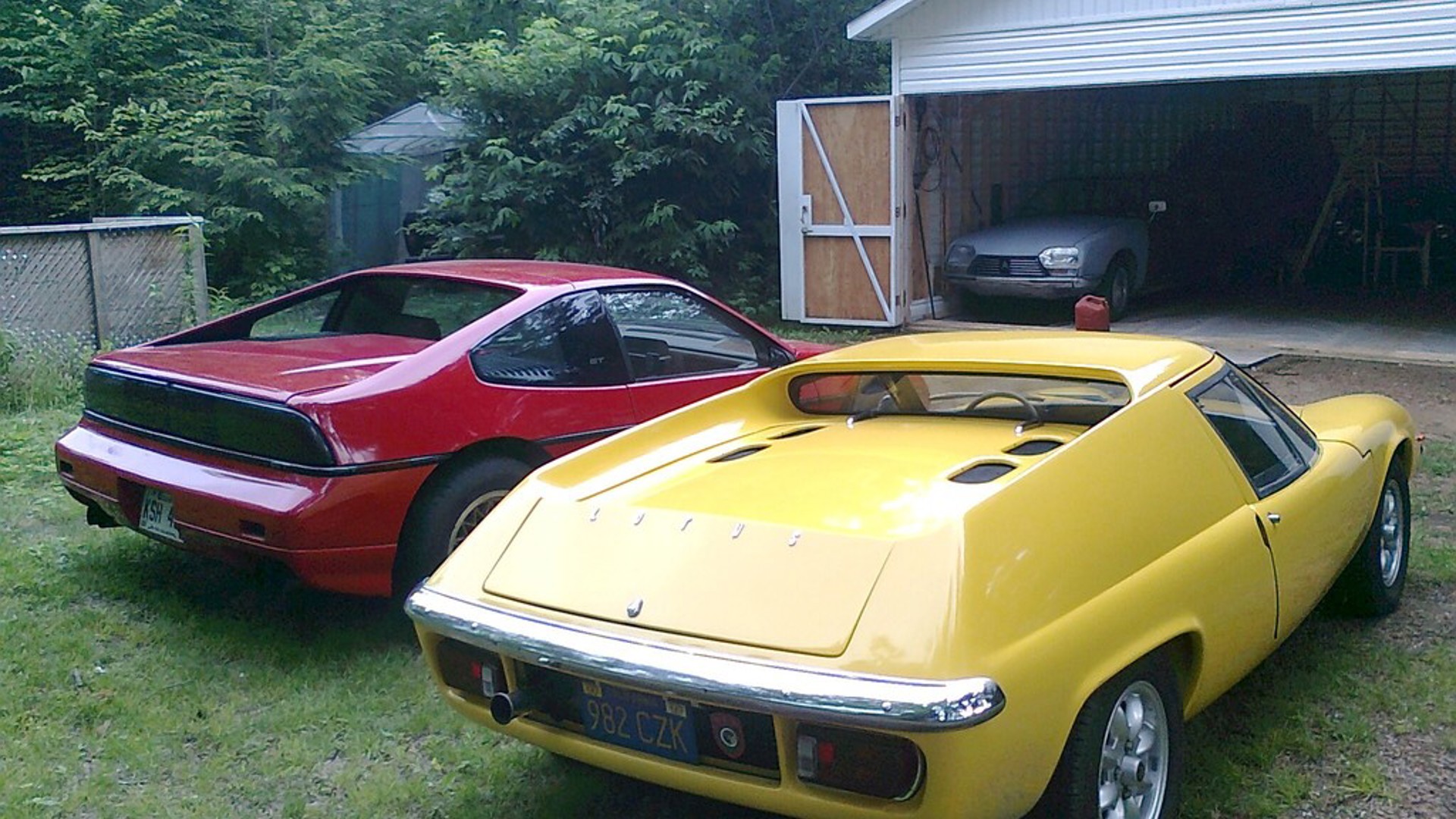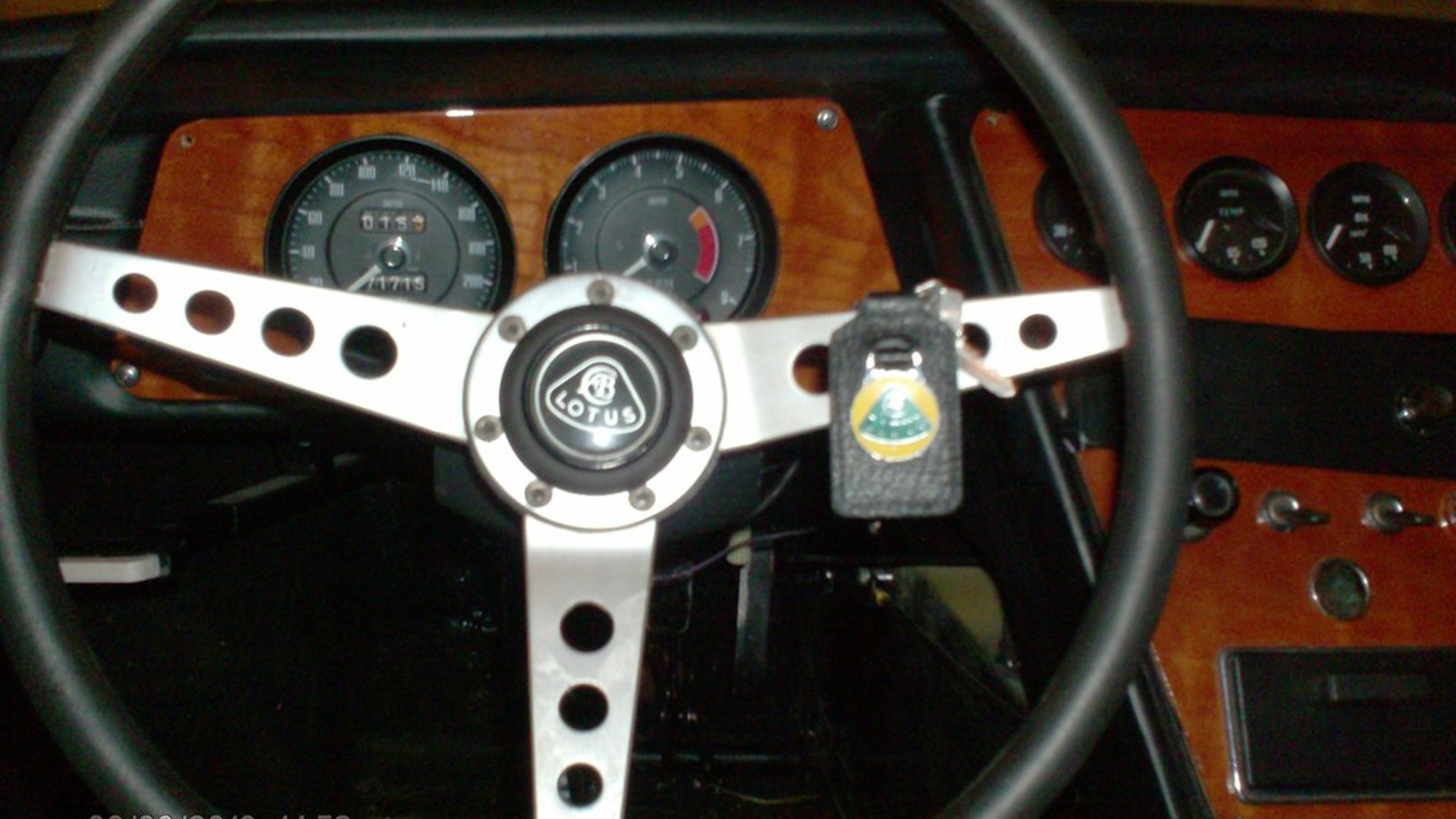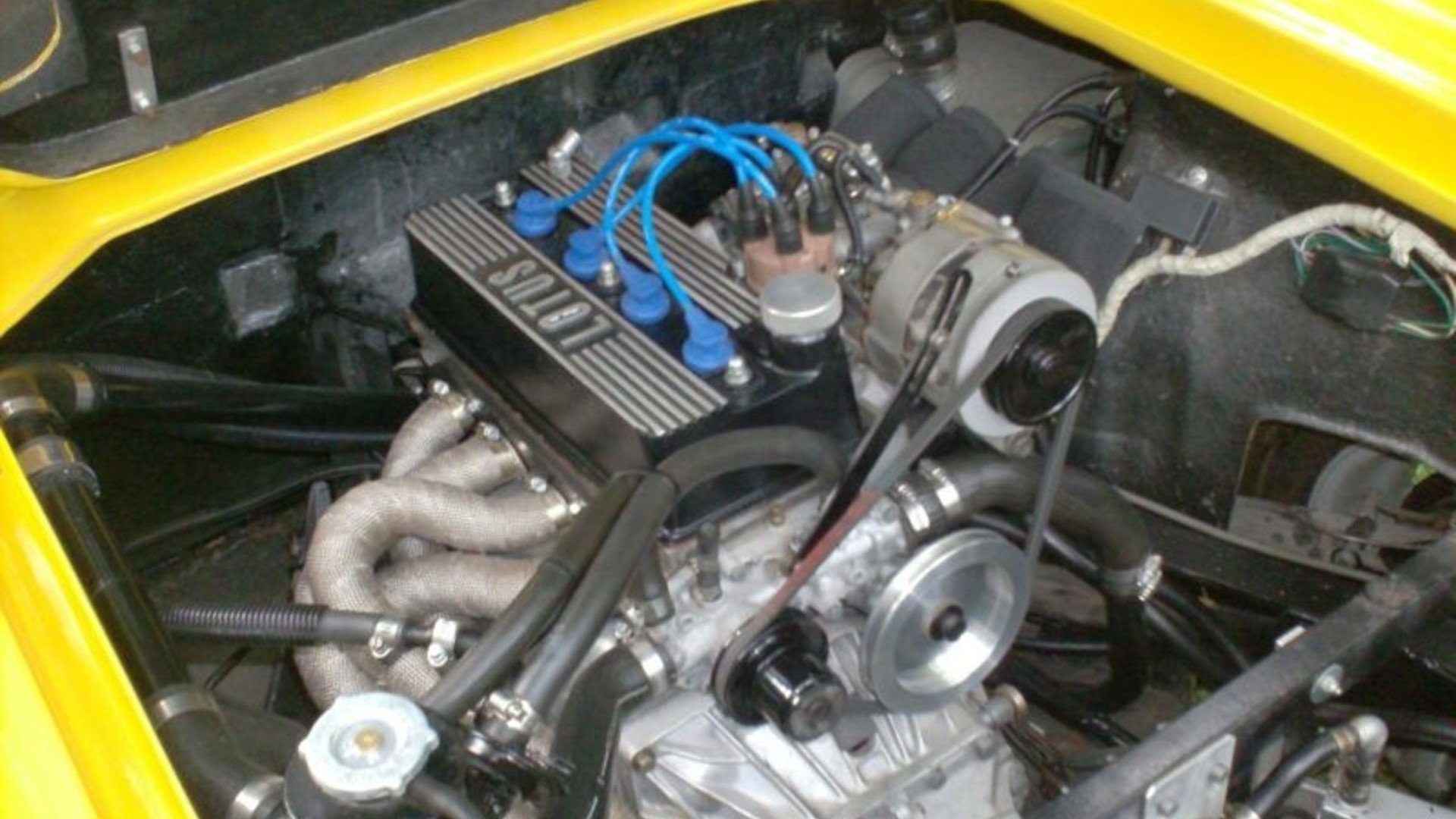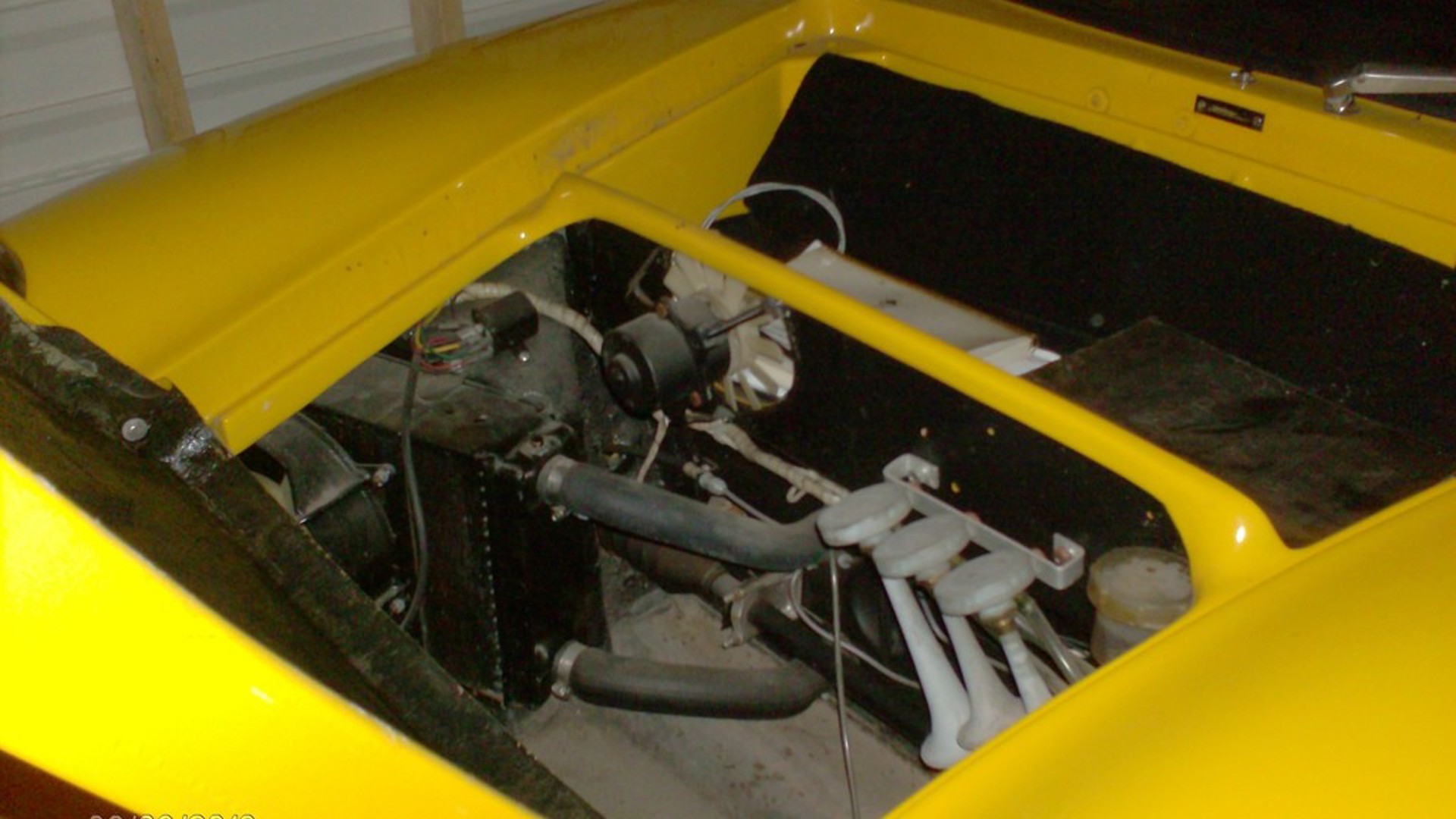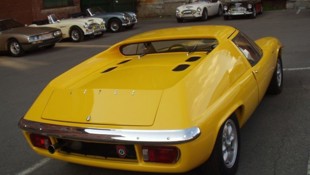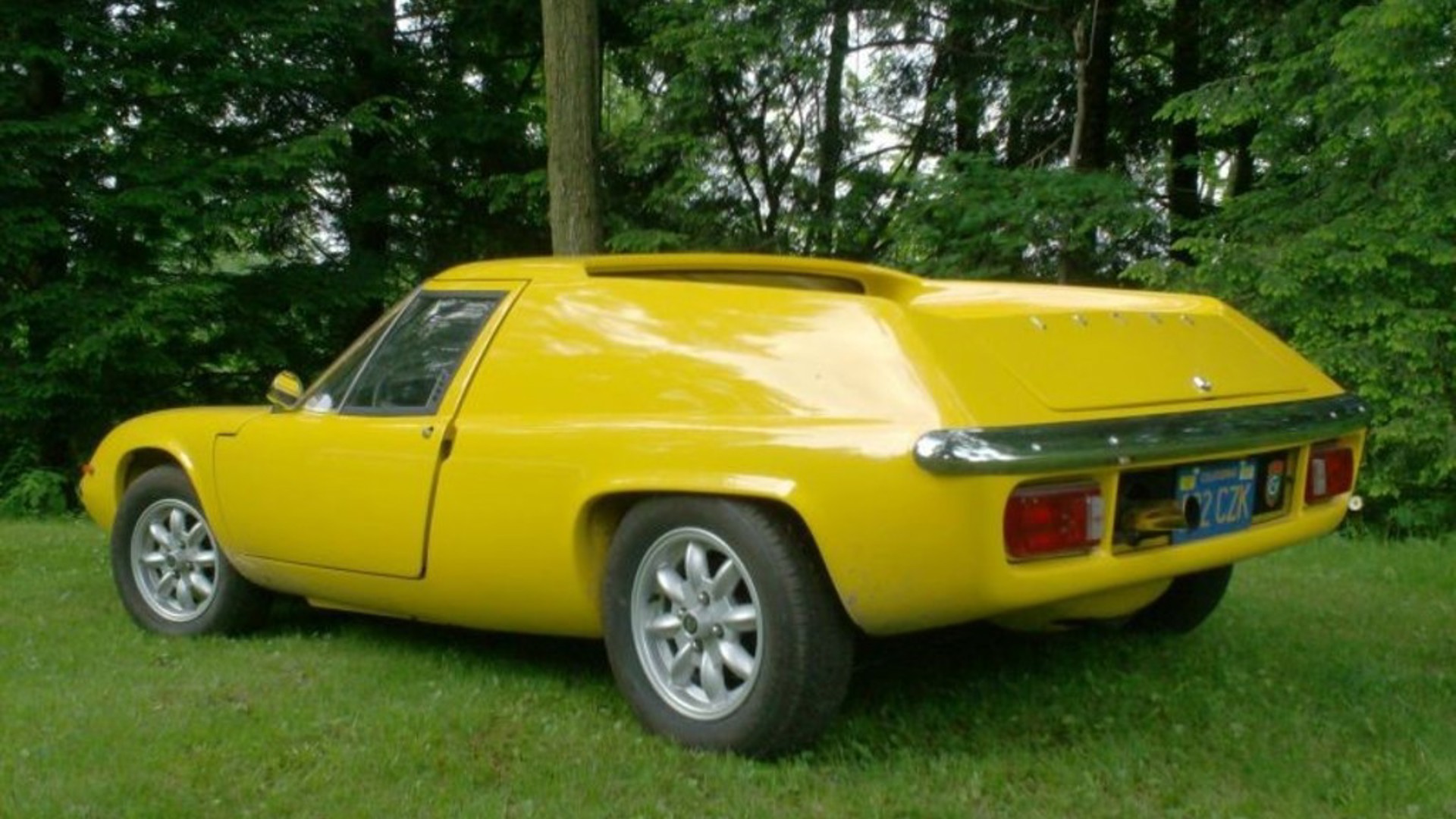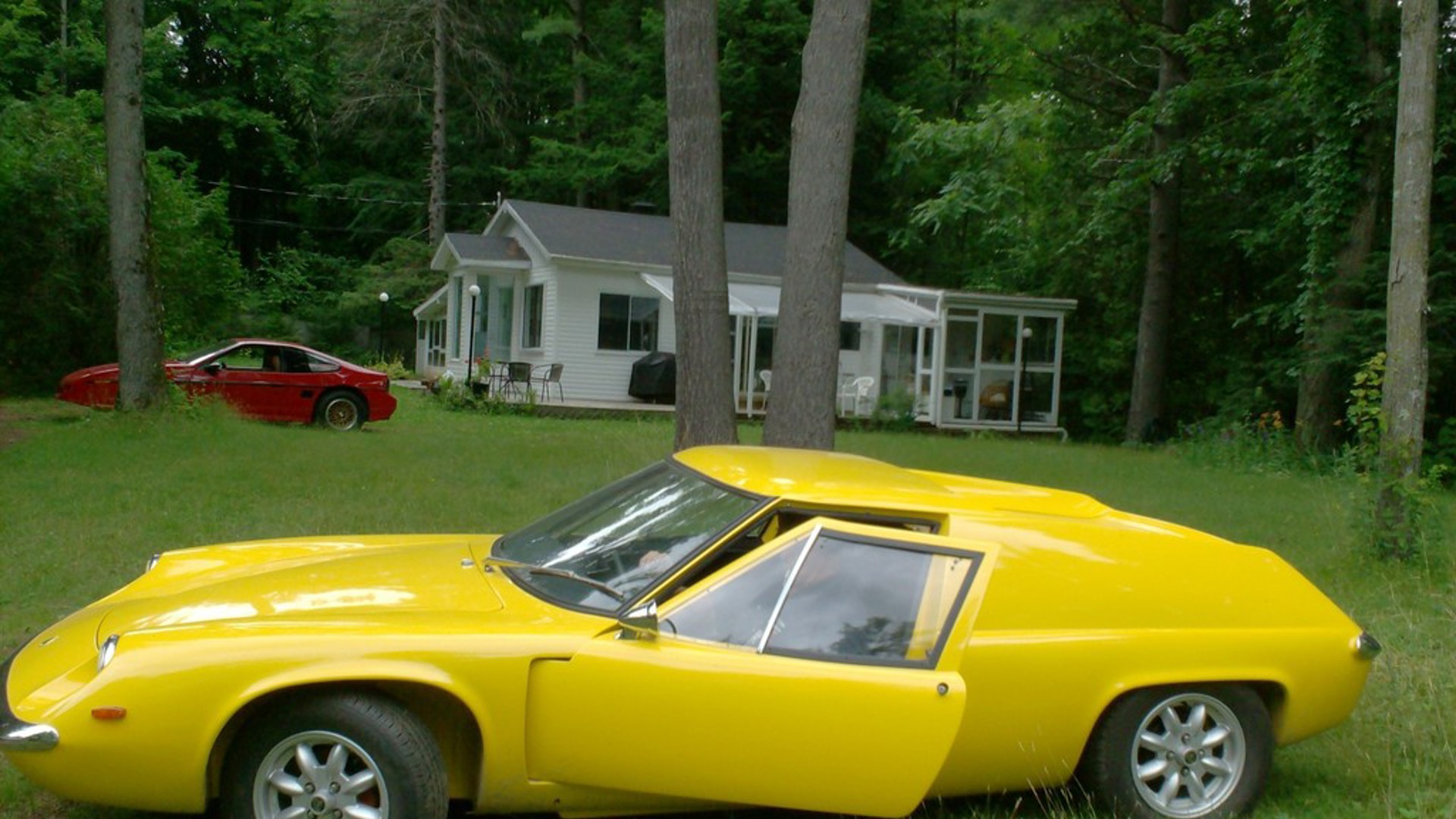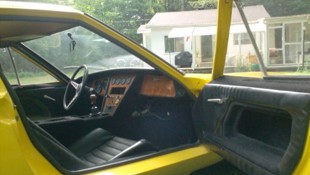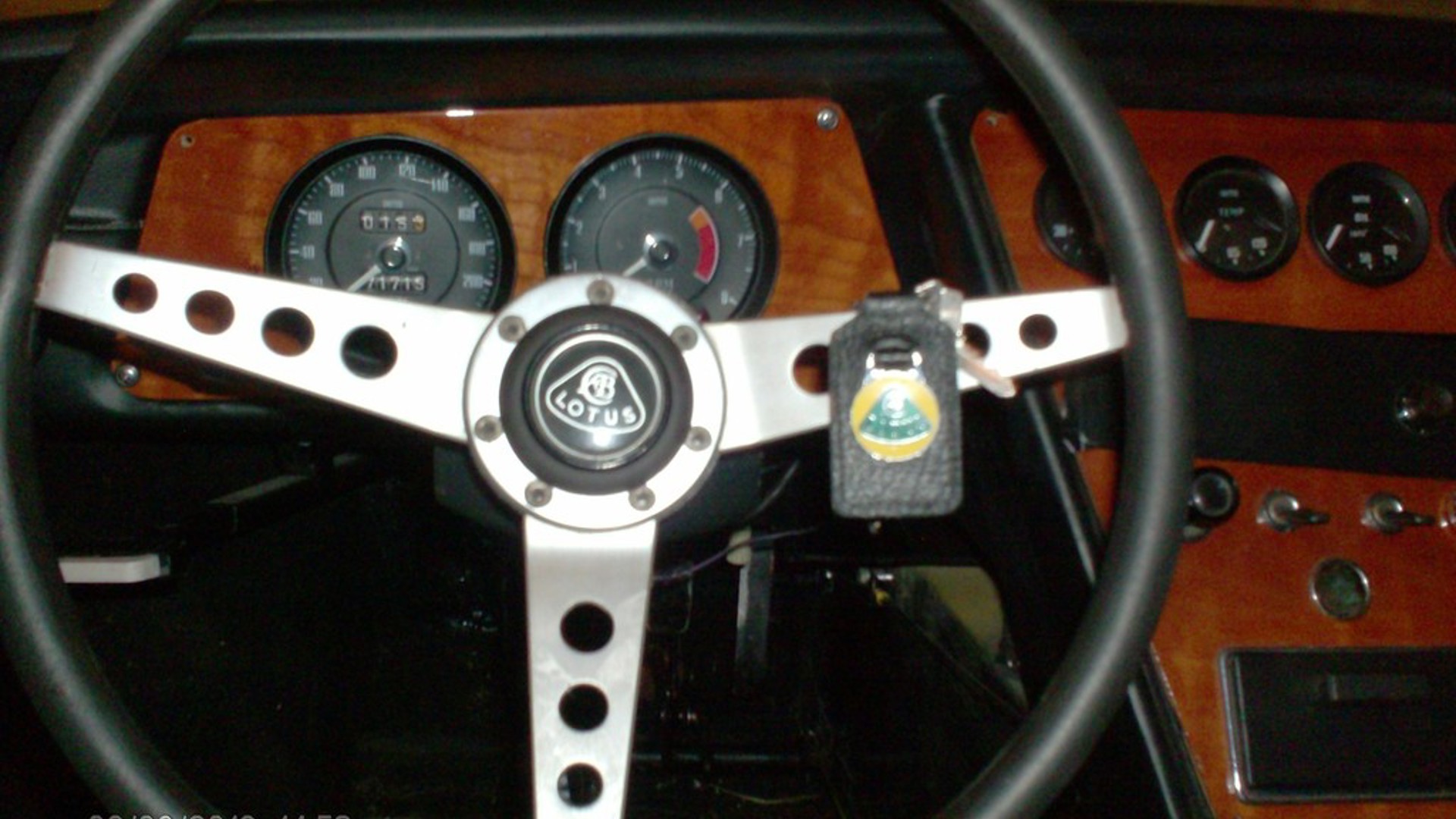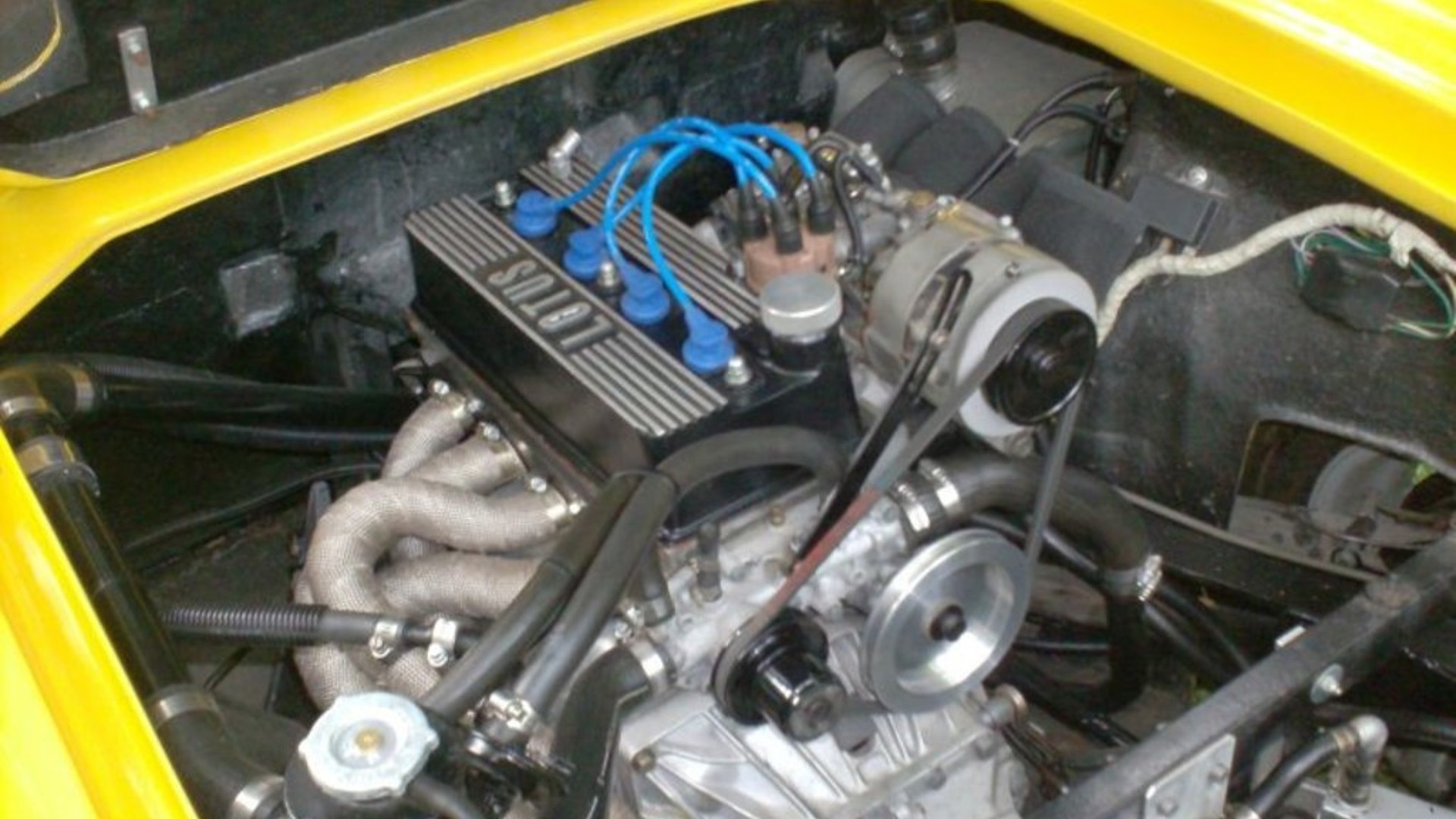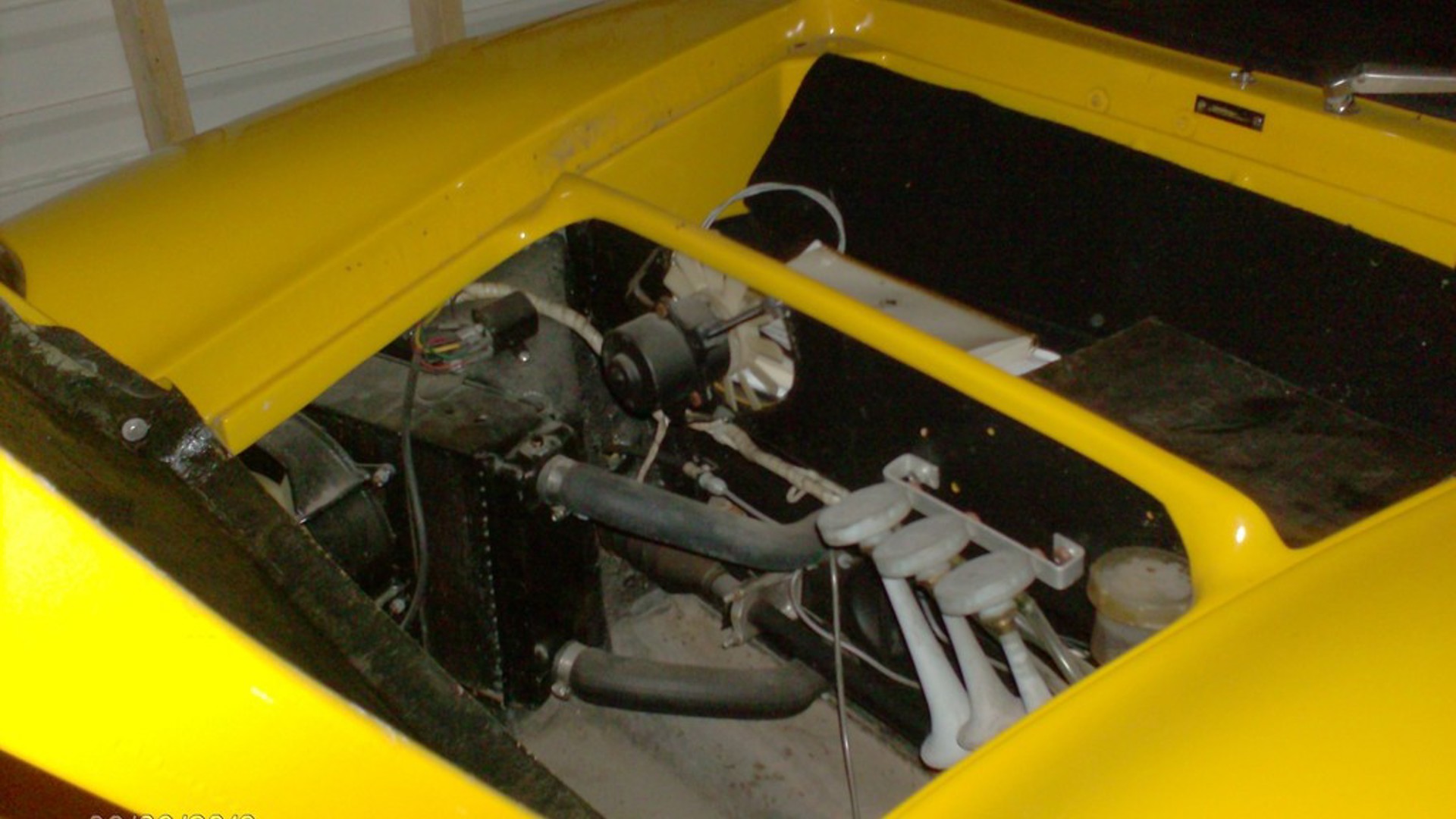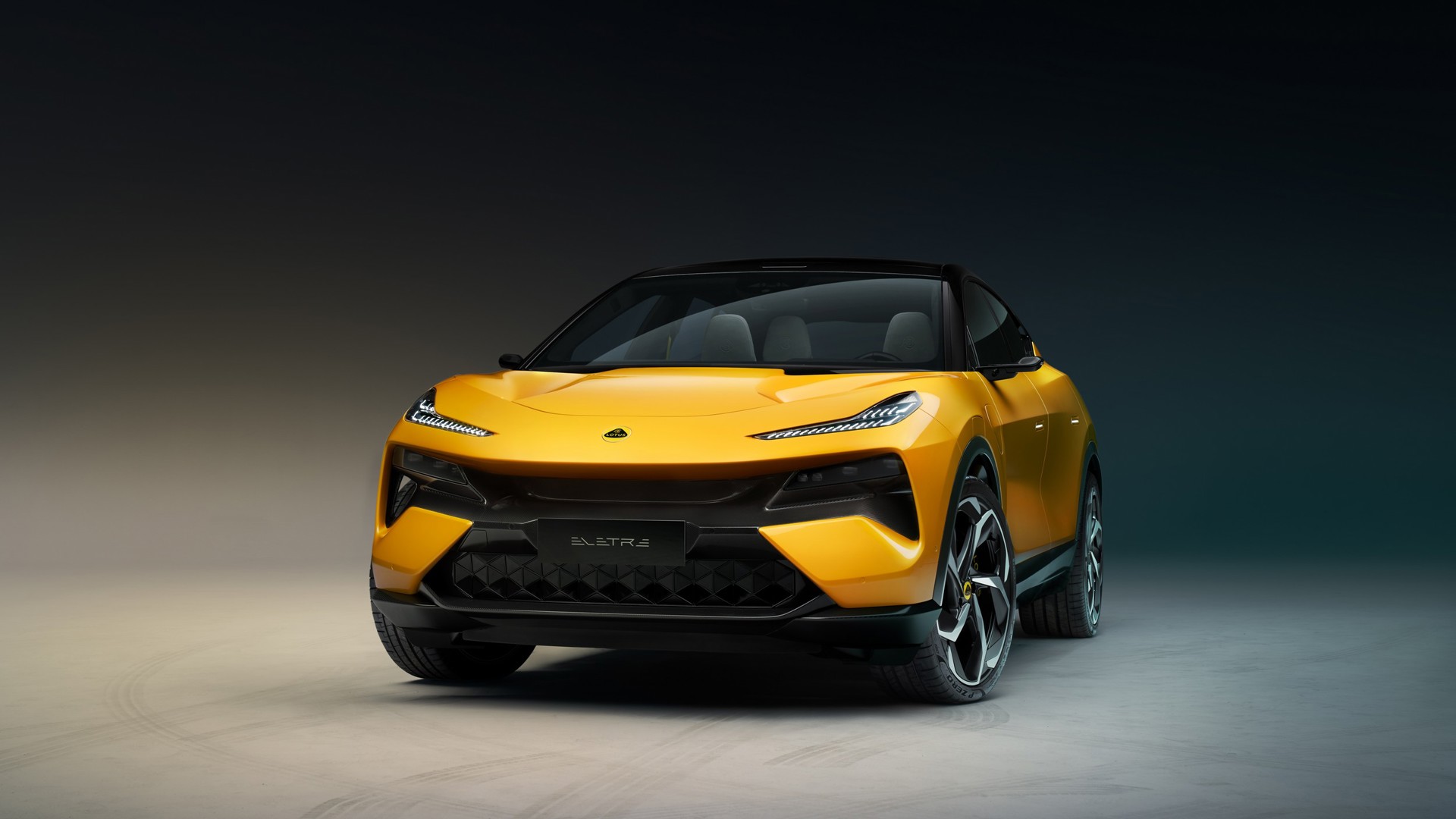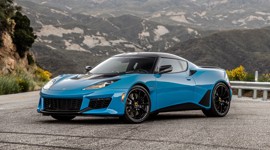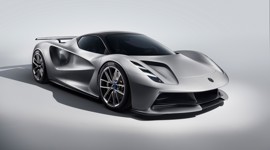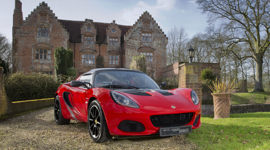This tiny mid-engine classic might not be for everyone, but the handling prowess of the 1968 Lotus Europa just might be. A car that certainly can't be mistaken for anything else on the road, it's bright yellow paint makes it stand out even more.
If you were car-spotting in the 1960s and 1970s, and a Lotus Europa drove past you, it's just about impossible that you didn't see it. Compared with just about anything else on the roads at the time, it probably looked like it came from outer space. For younger enthusiasts, the first time you saw the Europa was likely in Gran Turismo 2 where you wondered what on earth that strange squashed van was that just flew past you in the corners. It wasn't exactly the best-looking video game recreation of a car to grace that Playstation title, but it is unquestionably unique.
Lotus Cars was the brainchild and life's work of a man named Colin Chapman, an engineer who found great success designing and building Formula 1 cars. Bringing innovations like the monocoque chassis to the front of the pack and helping to introduce aerodynamic devices, his most enduring legacy is one of light weight. Sometimes too light, as the team's F1 drivers would learn. But on that knife edge of weight balance came great performance.
In the mid-1960s, the company was building the Seven. An open-top, pared-down sports car that's still in production today. They were also building the tiny Elite and Elan cars. It was time for something that would bring the mid-engine Formula 1 technology to the road.
While they still aren't exactly common today, the mid-engine road car was nearly unheard of at the time. Built from 1962-1967 in tiny numbers, the Matra Djet may have been first with the Lamborghini Miura following in 1966. A (relatively) affordable road car with the engine behind the driver stopped people in their tracks.
The Europa used a steel backbone chassis rather than the monocoque design of the racers, but fitted a body made from moulded fibreglass -a layout that Lotus still uses today on cars like the Elise.
Lotus wasn't large enough to build their own engine and transmission for the car, at least not if they wanted to keep pricing reasonable. The automaker had used Ford components in the past, but Chapman was said to want to diversify. Or perhaps he found something lighter or cheaper.
They settled on the 1.5L engine used in the Renault 16, along with the gearbox that accompanied it. The system worked because while mid-engine cars were a rarity, the rear-engine compact was not. Renault, among others, had been putting engines behind the rear seats of their small cars for decades. In the Renault, the transaxle pointed forward to drive the front wheels. In the Lotus, it was turned around to drive the rear wheels.
It was an aluminum block, which Colin Chapman would appreciate as it trimmed significant weight. It was a high-revving engine as well. The original cars weren't exactly powerhouses, though, with just 63 hp.
But Lotus lightness meant that the car was only around 600 kg. Independent suspension at all four corners using a coilover layout kept things nimble and composed. Writers at the time called it a Formula One car for the road.
What we haven't talked about yet is the styling. The mid-engine Europa looks typical 1960s Lotus, all the way to the back of the roof. Then things get, well, a little strange. Tall sail panels connect the top of the roof to the end of the body, blocking what little rear quarter visibility the 80mm high rear window might have provided. The long and flat engine cover was probably longer than necessary but gives the car its signature look. A bit like a car-based pickup with a tall tonneau cover.
The seller reports it's the very last of the Series 1 cars built. The current owner has had it about 20 years, and that ownership started with an extensive restoration. One that can be seen on the seller's site.
The car is for sale in Joliette, QC, just north of Montreal. It started out in classic British Racing Green, but the restoration saw it refinished in the yellow you see here. It's also been fitted with a Gordini engine, the seller says. Gordini was a long-time Renault tuning shop. That means more power thanks to higher compression and upgraded carburetors. 78 hp, according to the restoration website.
It's a tiny sports car, one of the original mid-engine supercars. It looks and drives like nothing on the road today and might be exactly what you're looking for as the weather starts to warm up.
